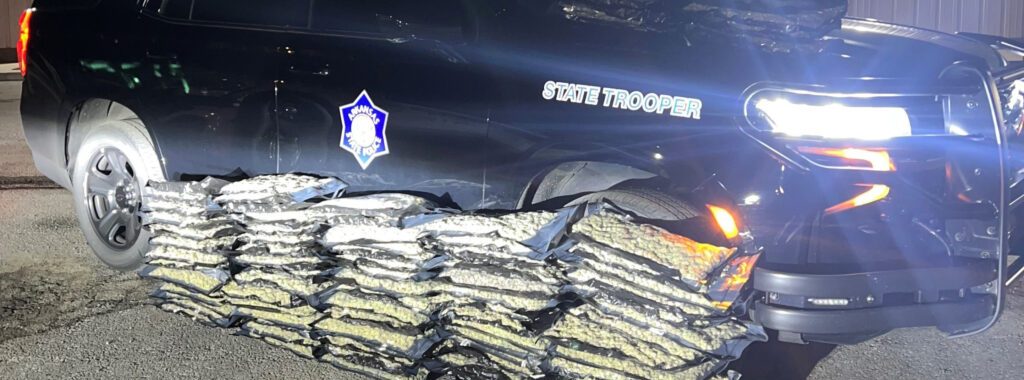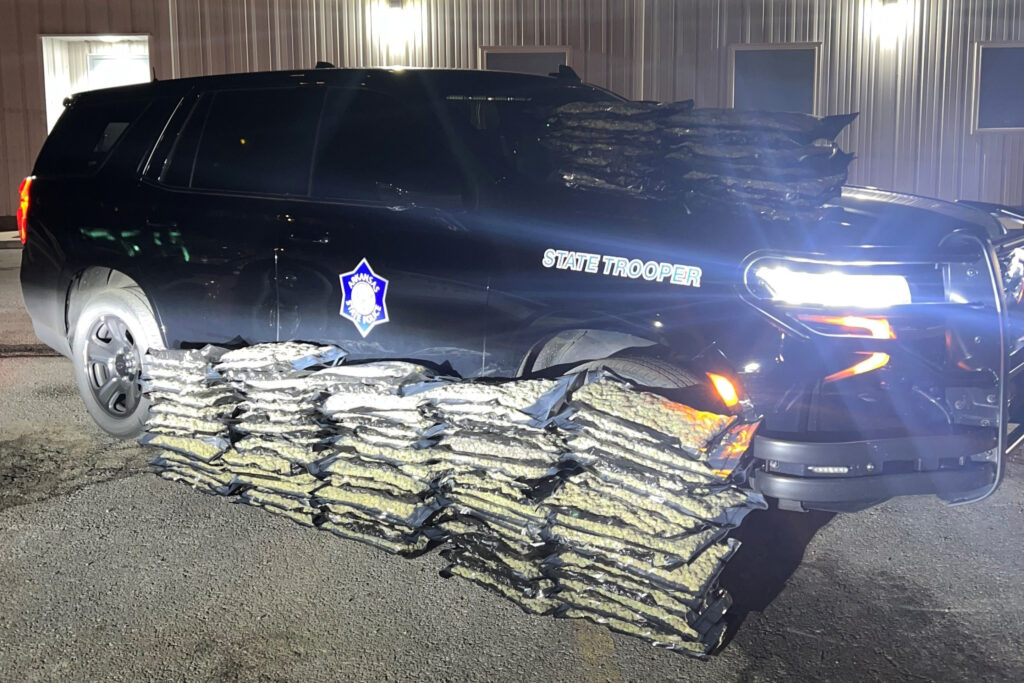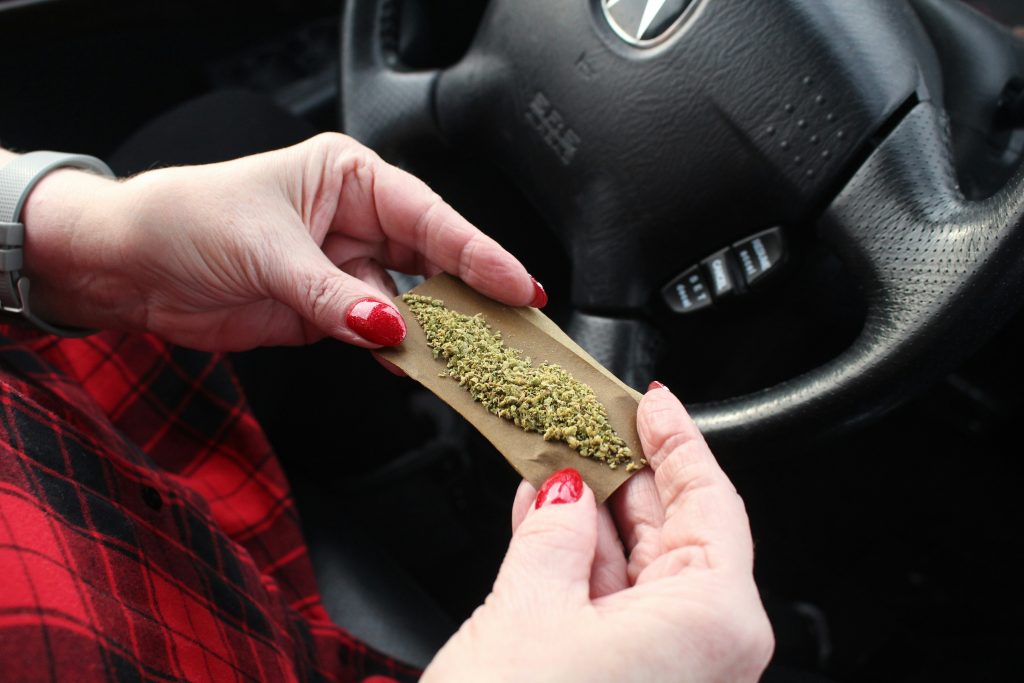Group Approved to Circulate Petitions for Marijuana Amendment

On Tuesday the Arkansas Attorney General’s office certified a popular name and ballot title for an amendment expanding marijuana legalization in Arkansas.
The group backing the measure now has until July 5 to collect 90,704 petition signatures to place the amendment on the ballot.
The amendment would change Arkansas’ medical marijuana law to enable recreational marijuana statewide. No longer would marijuana users need to suffer from a specific medical condition.
The amendment would drastically expand Arkansas’ laws to make it possible for people to grow and use marijuana at home. This would make it easier for people to use marijuana recreationally.
The amendment also would openly legalize marijuana in Arkansas if federal laws against marijuana are repealed.
Arkansas voters rejected marijuana legalization at the ballot box in 2022. The campaign against the 2022 marijuana amendment had only a fraction of the money that the marijuana industry had, but it was defeated by a broad coalition of churches, business groups, elected officials, and citizens who knew that marijuana would be bad for Arkansas. We anticipate similar opposition to this latest marijuana amendment as well.





